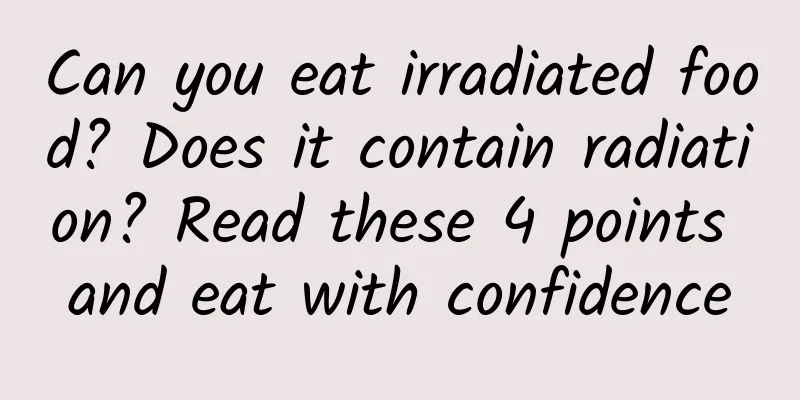How to treat ovarian inflammation

|
Oophoritis is a common gynecological inflammation in young women. It is very harmful to women's health and can easily lead to irregular menstruation, infertility, etc. Oophoritis should be treated in time. There are many common treatments, such as drug therapy, hormone therapy, uterine dilation and drainage or surgical treatment, etc. In addition to treatment, you should also strengthen good conditioning and health care. 1. Chronic oophoritis (1) Drug treatment: Diethylstilbestrol 0.25-0.5 mg can be taken orally once a day for 1-2 weeks, and appropriate antibiotics can be used for treatment for 5-7 days. At the same time, treatment is given for senile vaginitis (see senile vaginitis). (2) Surgical treatment: Patients with complications of intrauterine pyometra should immediately dilate the cervix and drain the pus. After the operation, a rubber drainage tube was placed in the cervical tube until no pus flowed out, and the above-mentioned drugs were used at the same time. (3) If any obvious inducement is found, it should be removed. 2. Acute oophoritis (1) General treatment Patients with acute oophoritis should rest in bed, preferably in a semi-recumbent position, to help limit the inflammation and drain the uterine secretions; hot compresses can be applied to the lower abdomen to promote the absorption of inflammation and relieve pain; bowel movements should be kept open to reduce pelvic congestion and facilitate the excretion of toxins. (2) Clearing uterine cavity residues and other foreign matter If oophoritis occurs after delivery or abortion, if there is suspected placental tissue residue, it should be removed immediately while using antibiotics. However, it is advisable to gently remove the protruding uterine cavity residues and try not to perform curettage. Curettage can only be performed when the antibiotic dose reaches a certain level and the inflammation is under control to prevent the spread of inflammation. (3) Uterine dilation and drainage and estrogen therapy For chronic oophoritis and senile oophoritis, the method of dilating the cervix can be used in conjunction with treatment to facilitate the drainage of uterine secretions and eliminate the inducement. Elderly patients can also use a small amount of estrogen. (4) Surgical treatment This method is suitable for chronic oophoritis caused by submucosal fibroids or polyps. At this time, antibiotic treatment alone is often ineffective, so surgical resection can be considered. The above are the treatment methods for oophoritis. There are still many treatment methods for this disease, so don’t treat this disease blindly. You need to go to the hospital and communicate with the doctor as soon as possible to get the best results. I hope the above content can help you understand more! |
<<: What are the symptoms of uterine prolapse after cesarean section?
>>: Can endometrial cancer be cured?
Recommend
Rash on penis
The penis is the male reproductive organ. If a ra...
What should women eat to supplement nutrition
Today's women are also very independent, and ...
Why do girls have black spots down there?
The difference between girls and boys is reflecte...
One deep and one shallow, but it's my period
The fact that one dark and one light color on the...
Is amniocentesis accurate for DNA testing?
Nowadays, many expectant mothers do not trust the...
What causes menopausal abdominal pain?
When women reach a certain age, they will gradual...
Why do I have two periods every month?
Women should pay attention to their diet when the...
What is facial seborrheic dermatitis?
Nowadays, many people don’t know what facial sebo...
Alcohol is ineffective against it! This virus is entering its peak period
Recently, disease control departments in many pla...
Caesarean section still bleeding fifteen days later
Many pregnant women have to give birth to their b...
Is it scientific to have a 100-day confinement period?
Is it scientific to have 100 days of confinement ...
What to do if ovarian function declines
As women age, ovarian decline is inevitable. Howe...
What causes headaches when you have a cold? What causes headaches and nausea when you are pregnant?
Autumn is coming soon. We must add or remove clot...
Is it good for pregnant women to take multivitamins?
Women are very happy when they first find out the...
Can soda water cure vaginitis?
Many people don't know whether soda water can...









